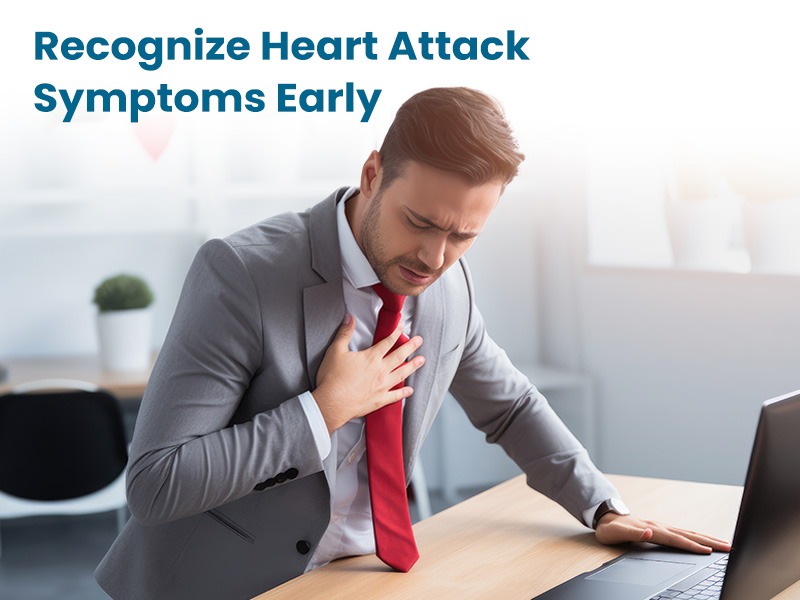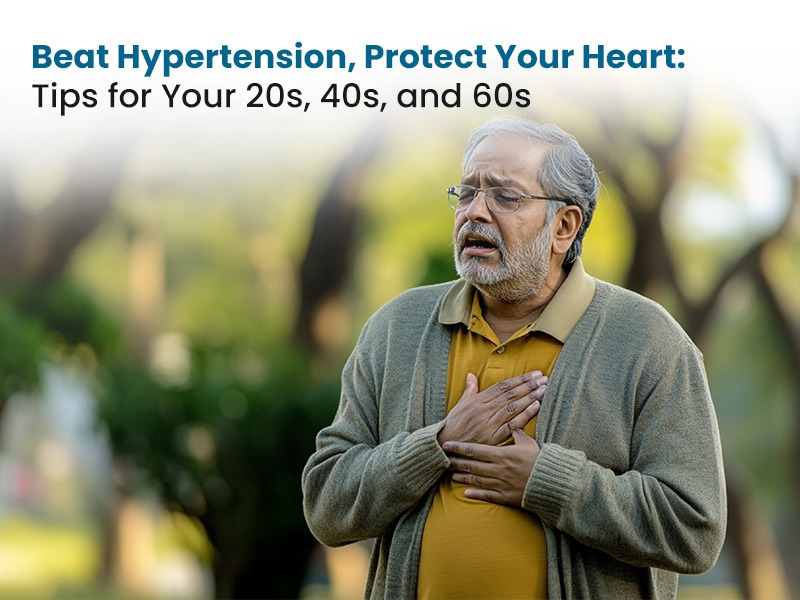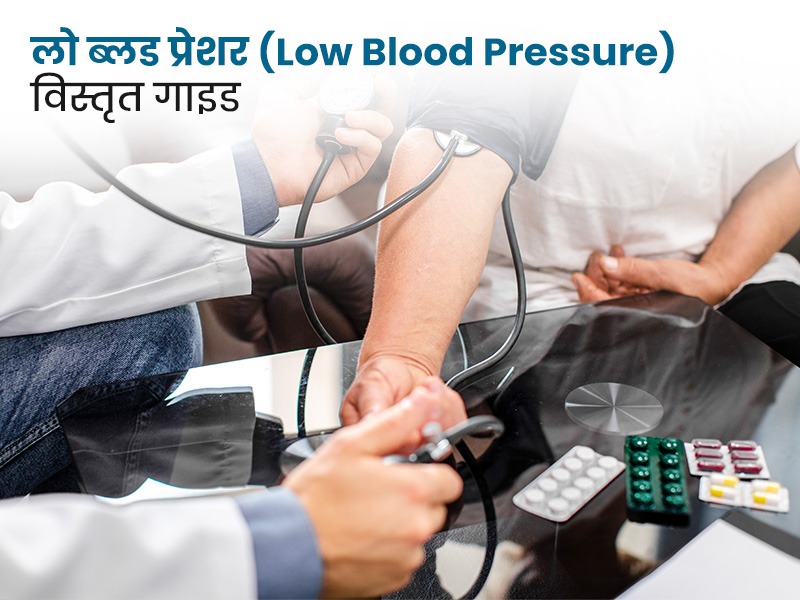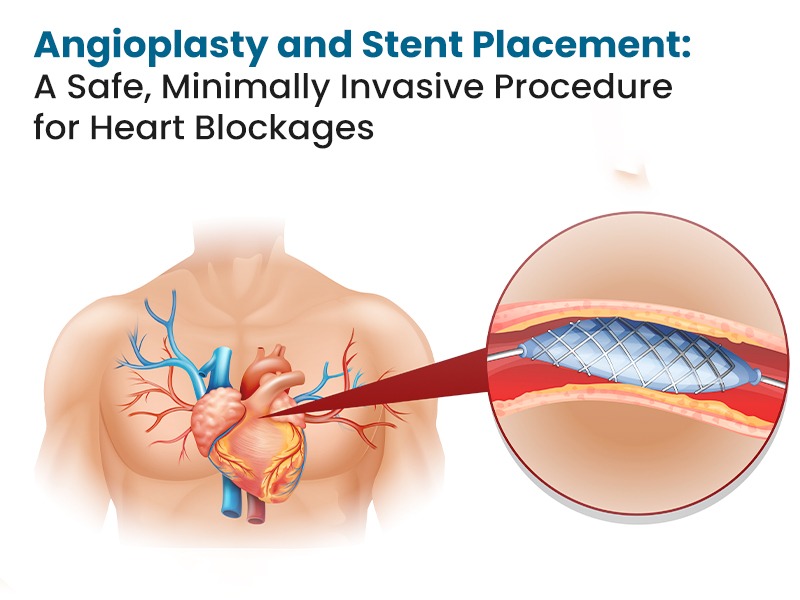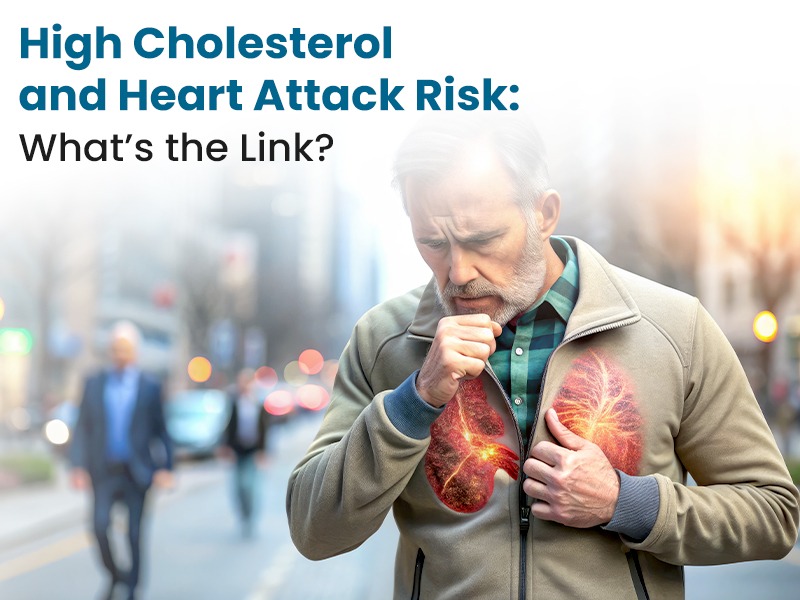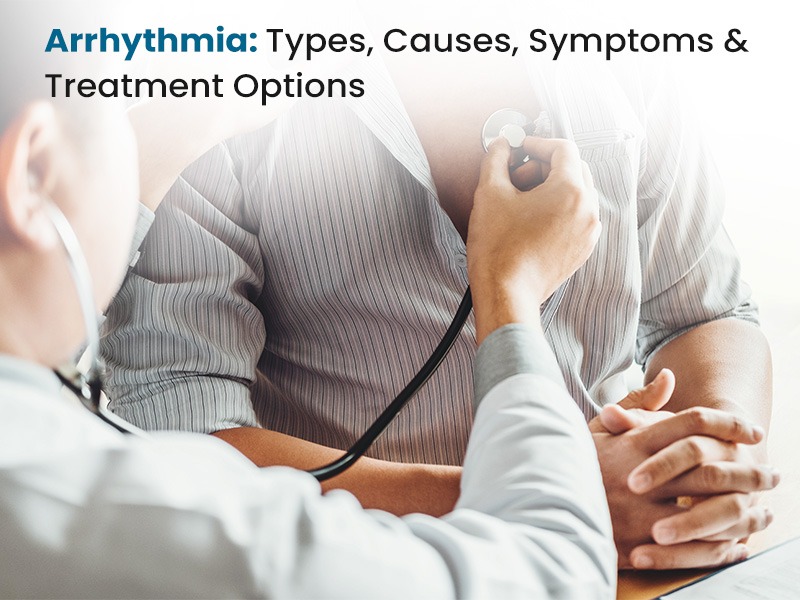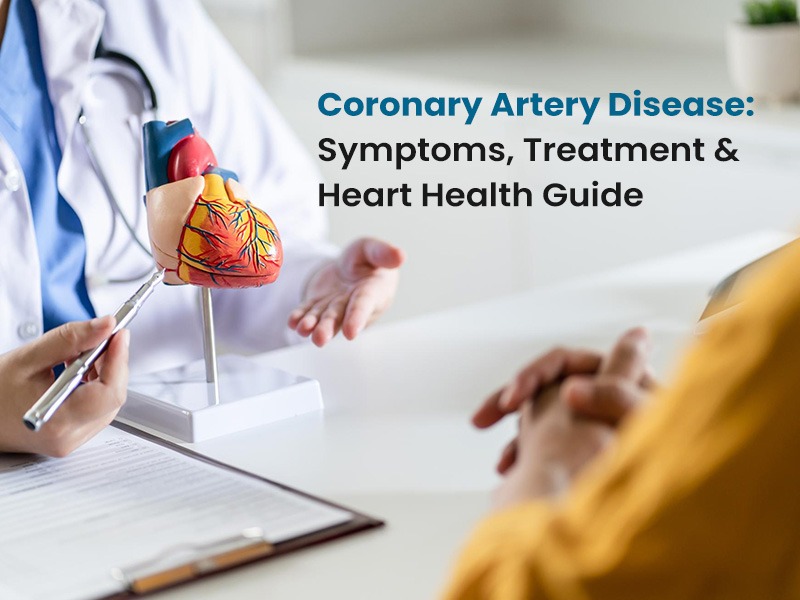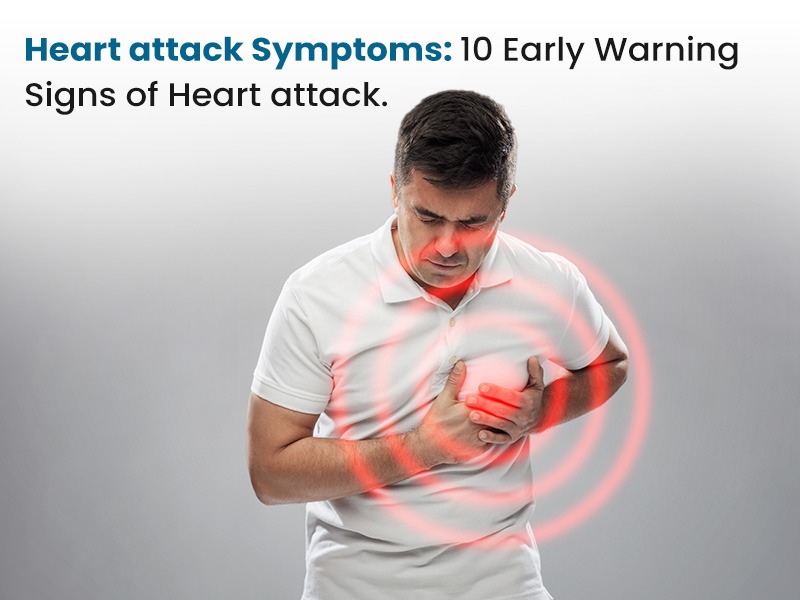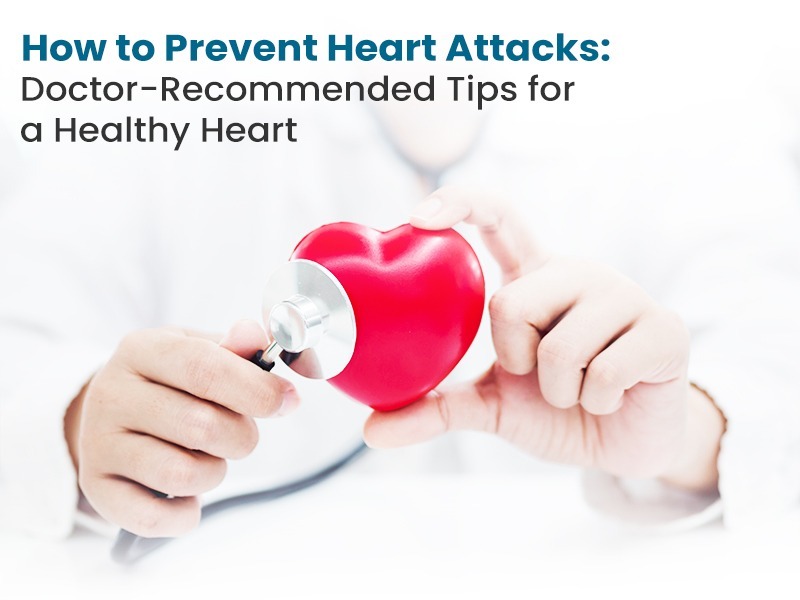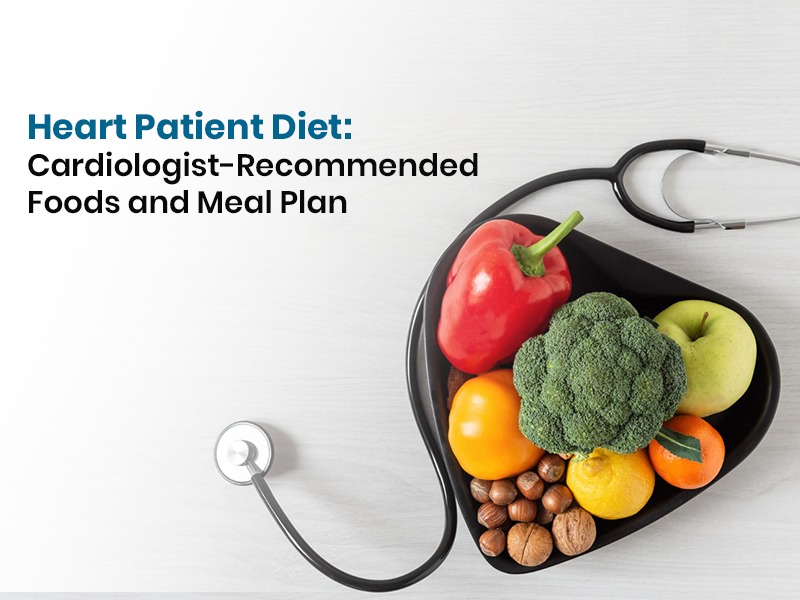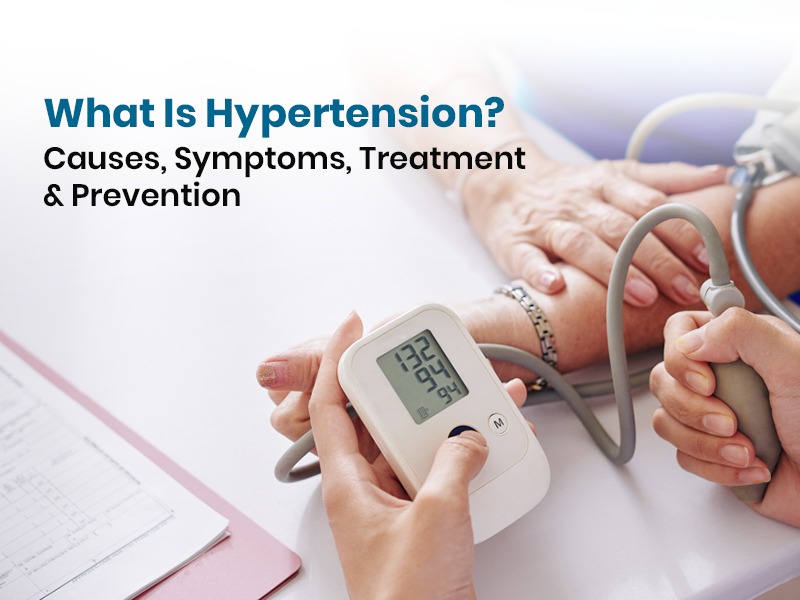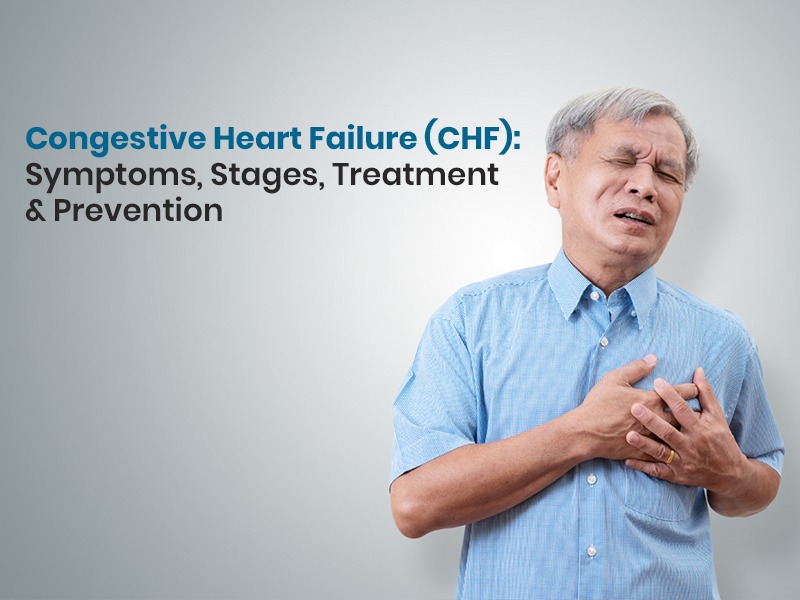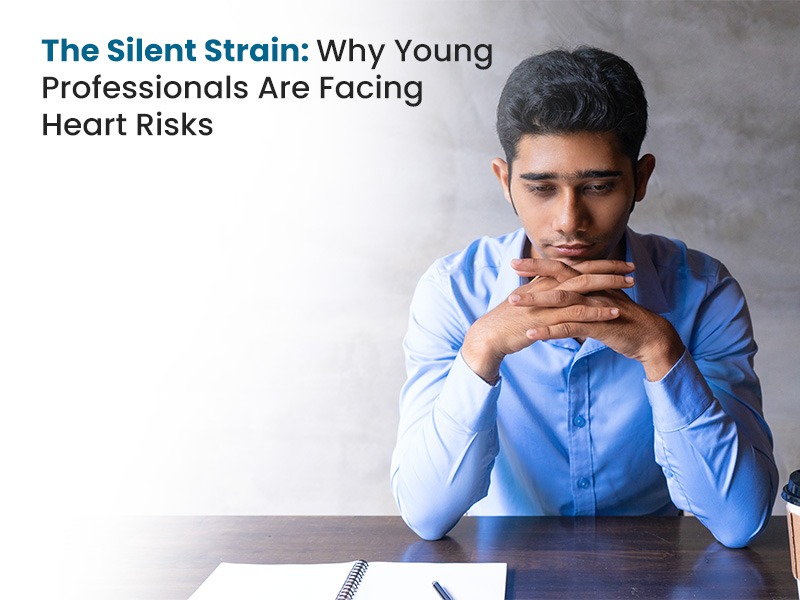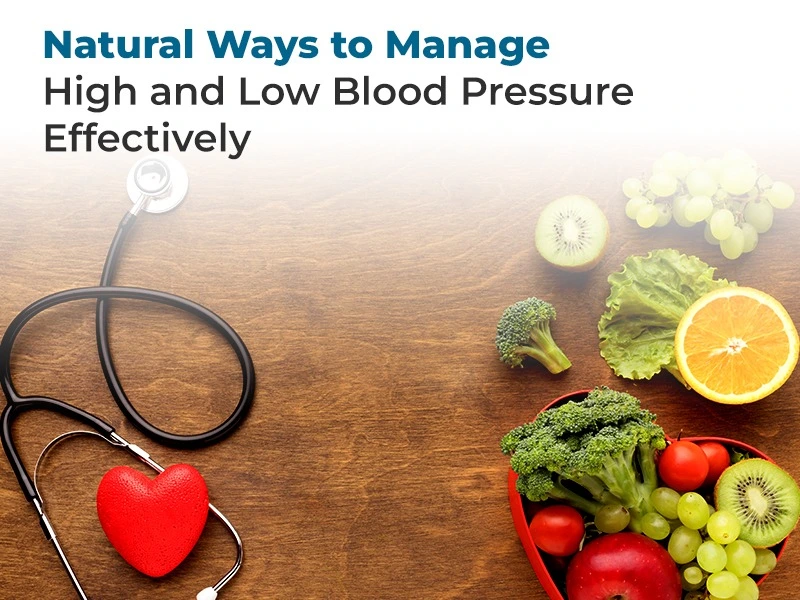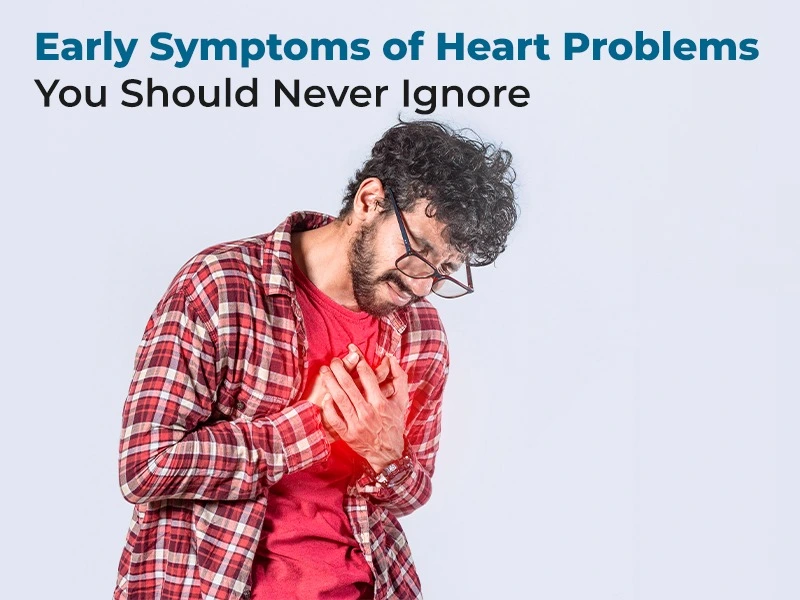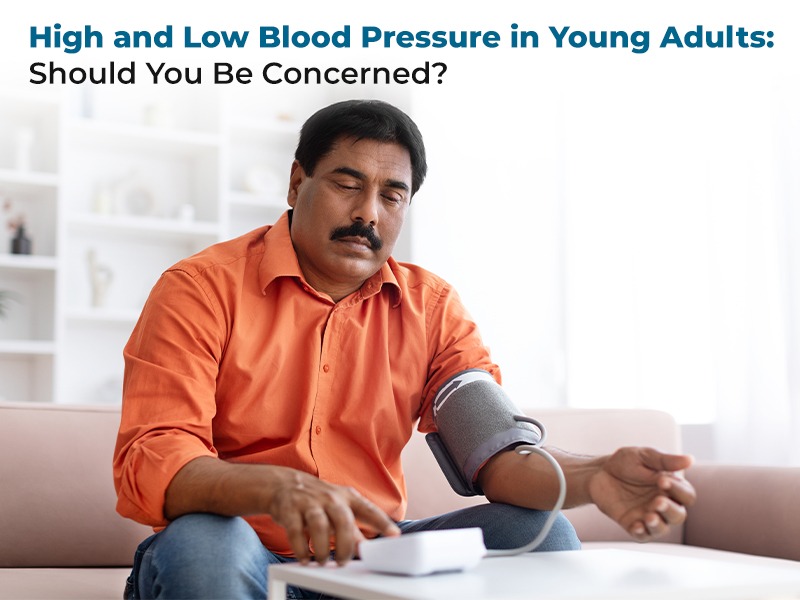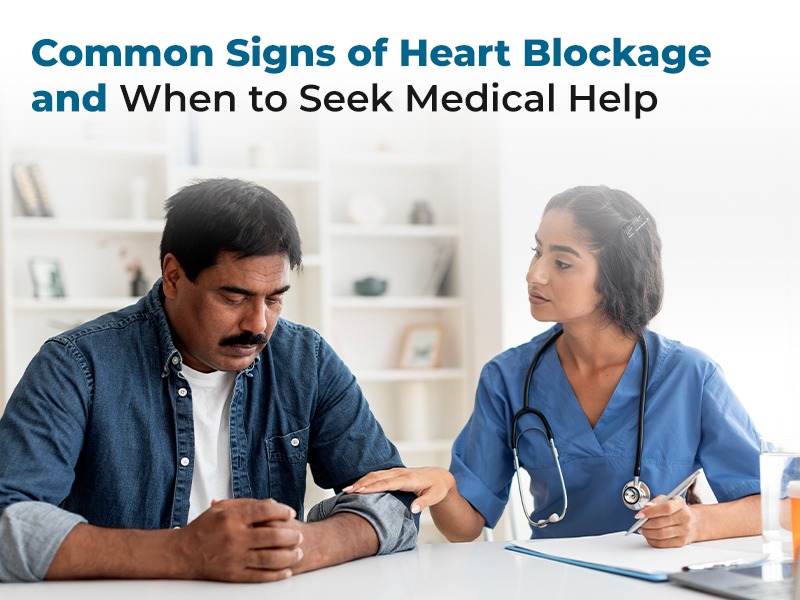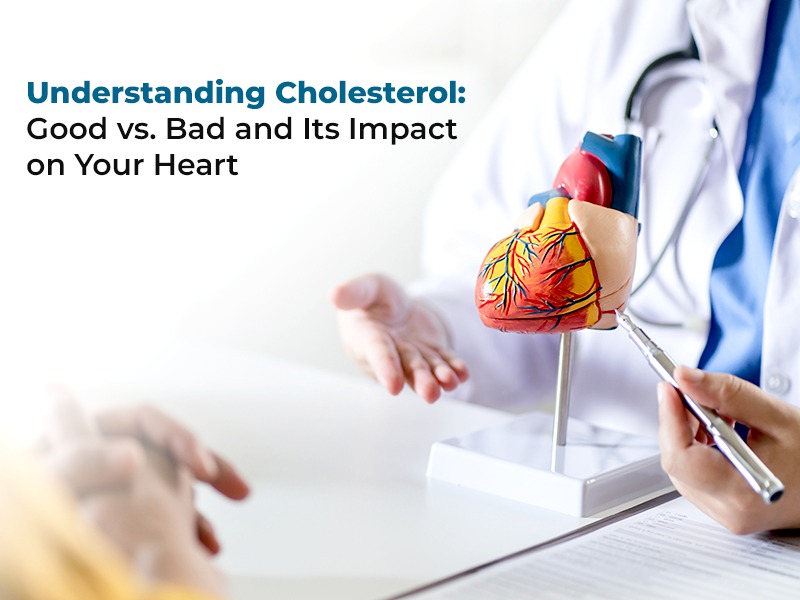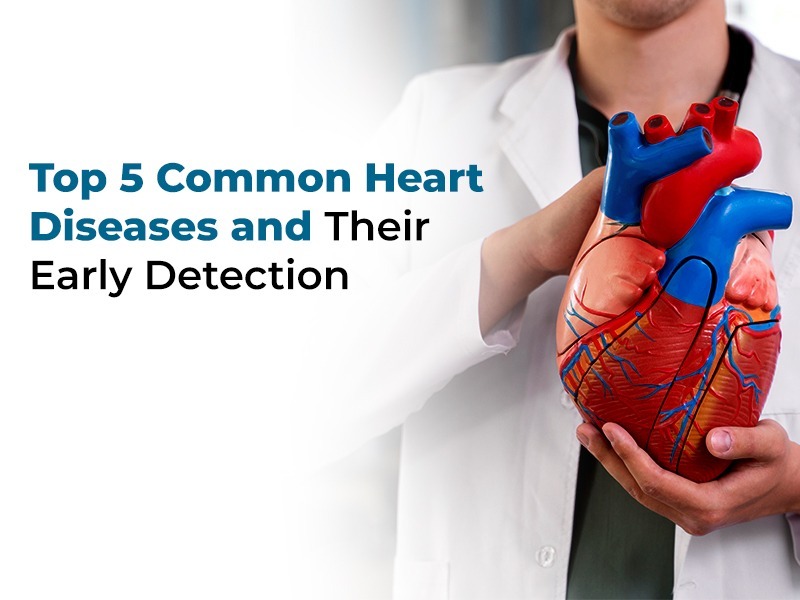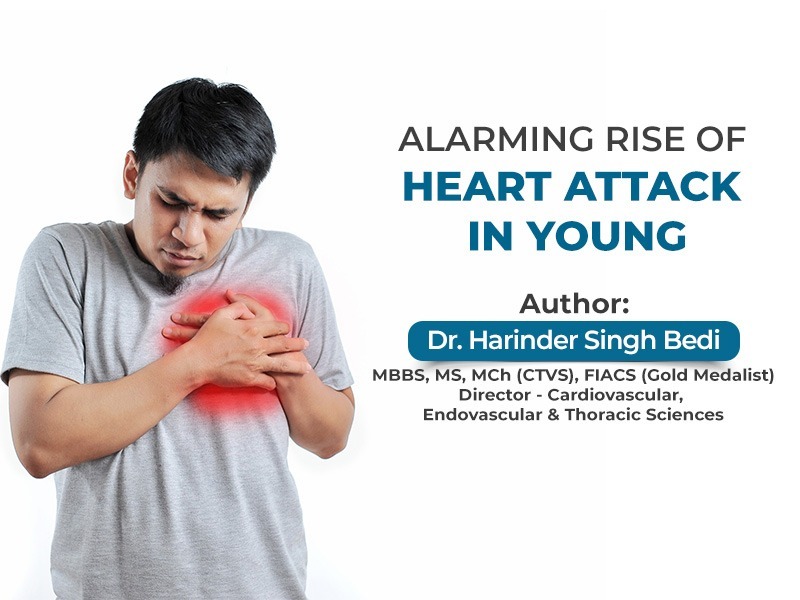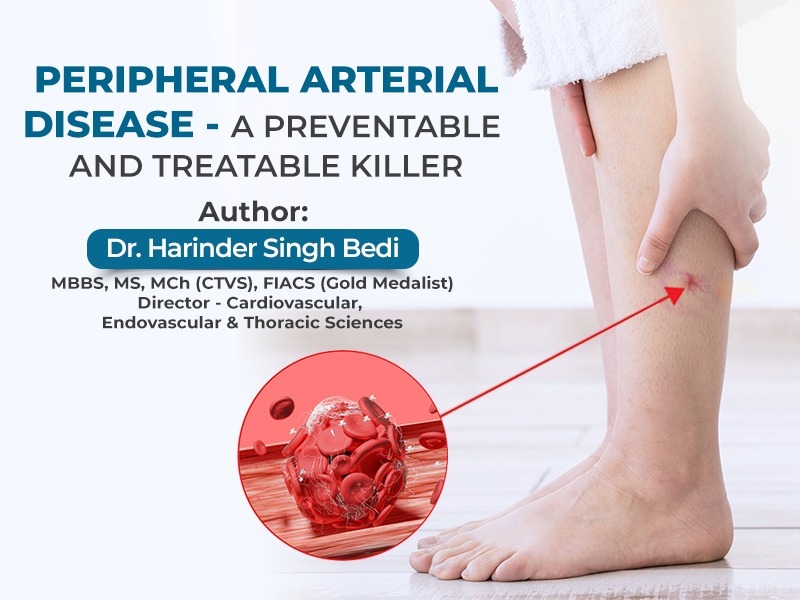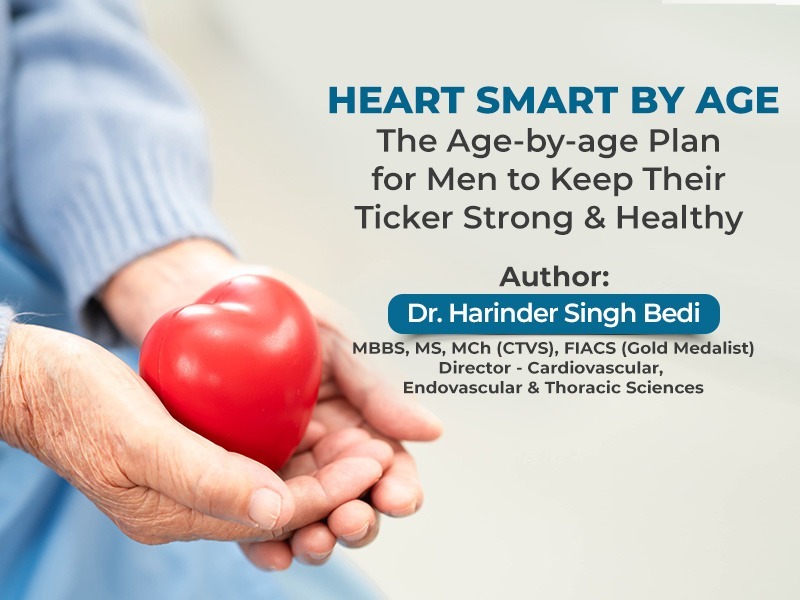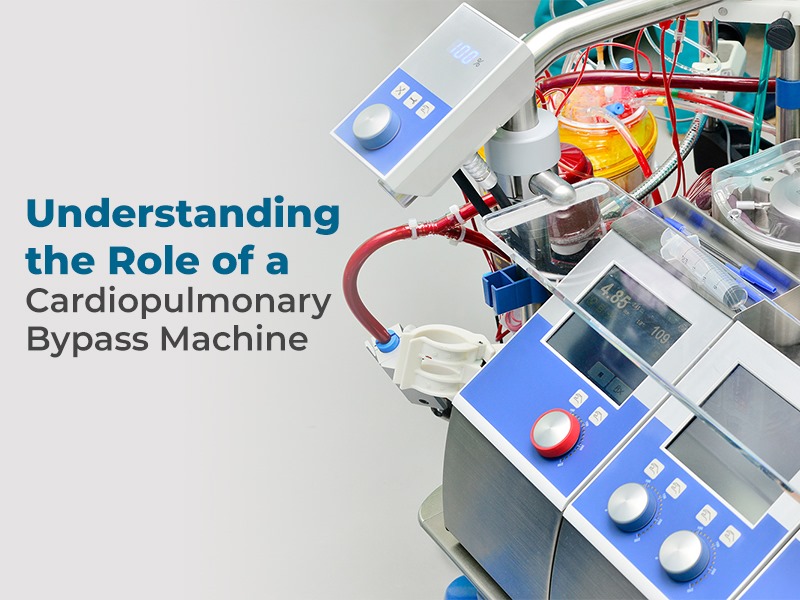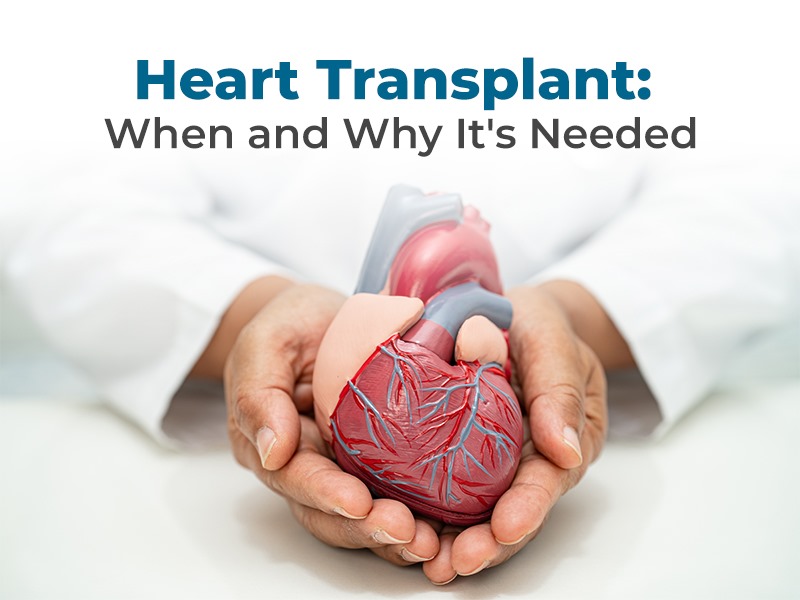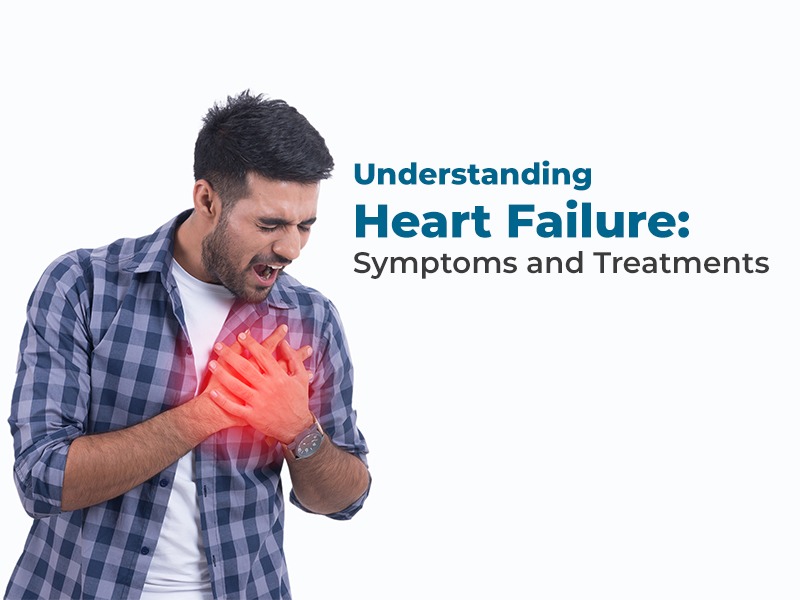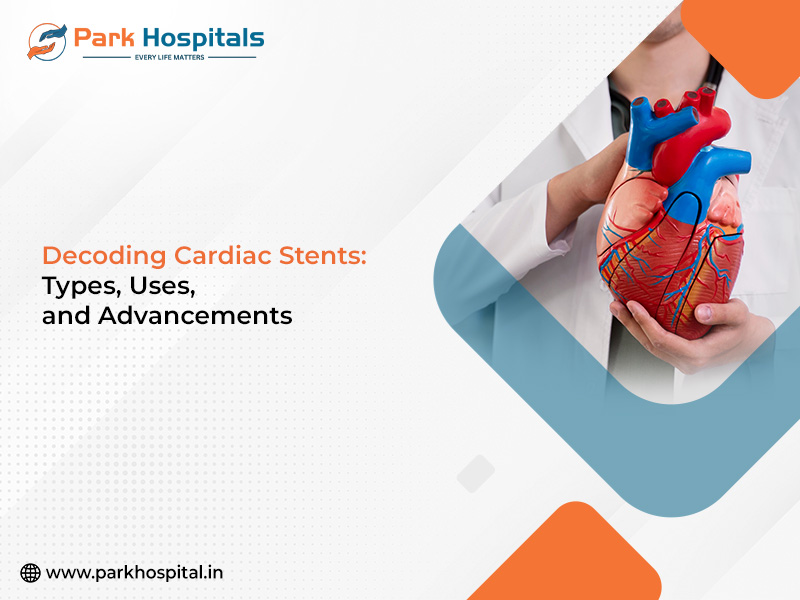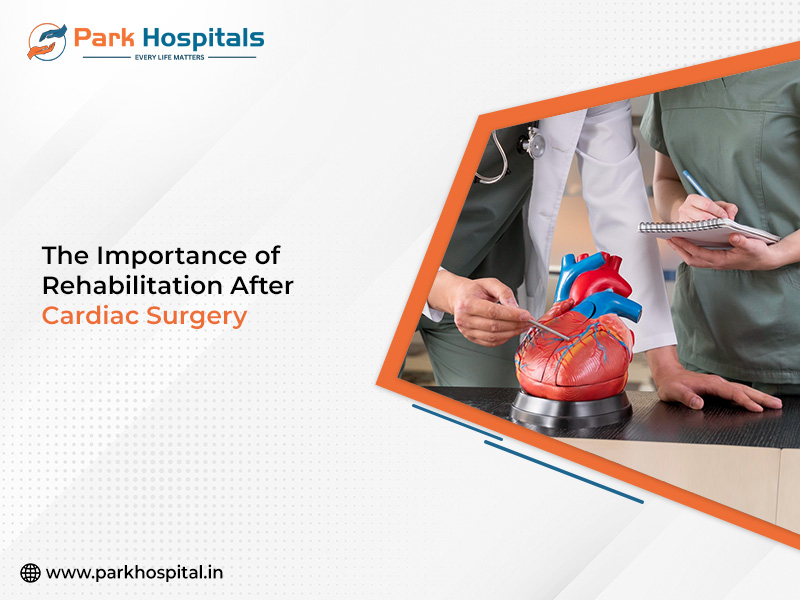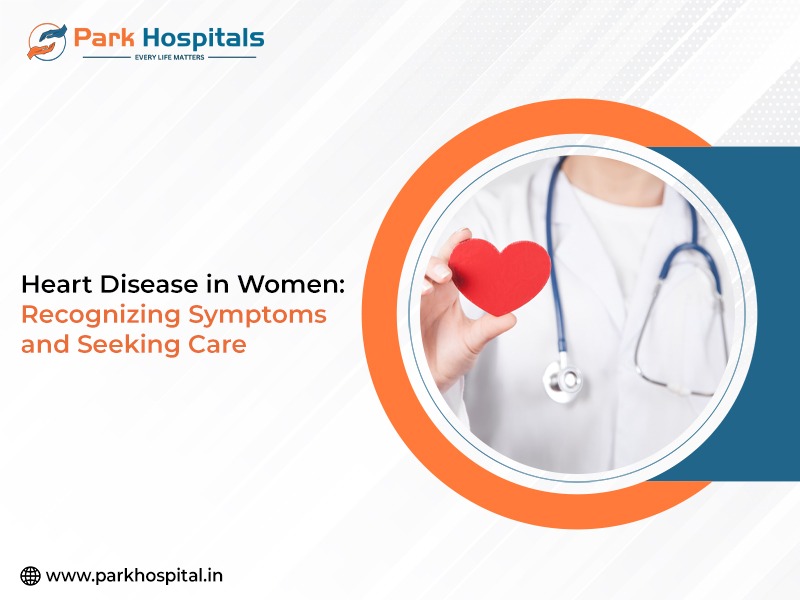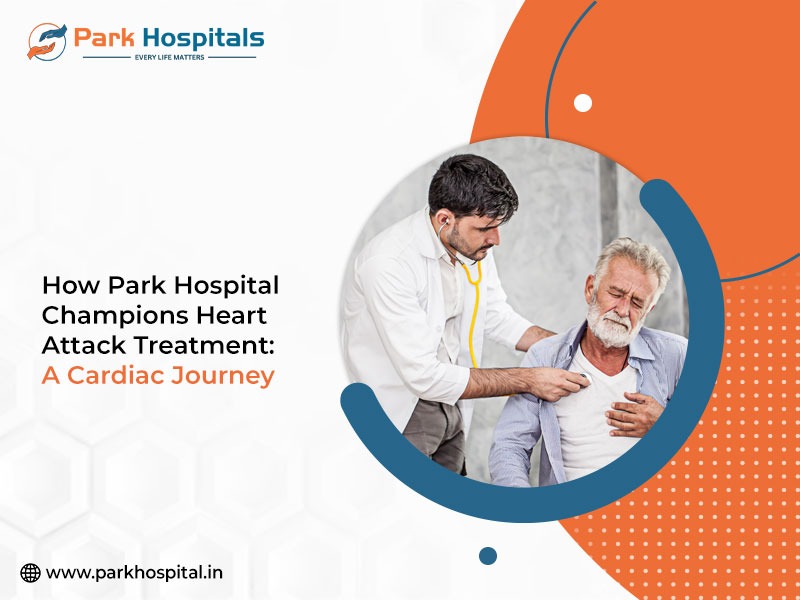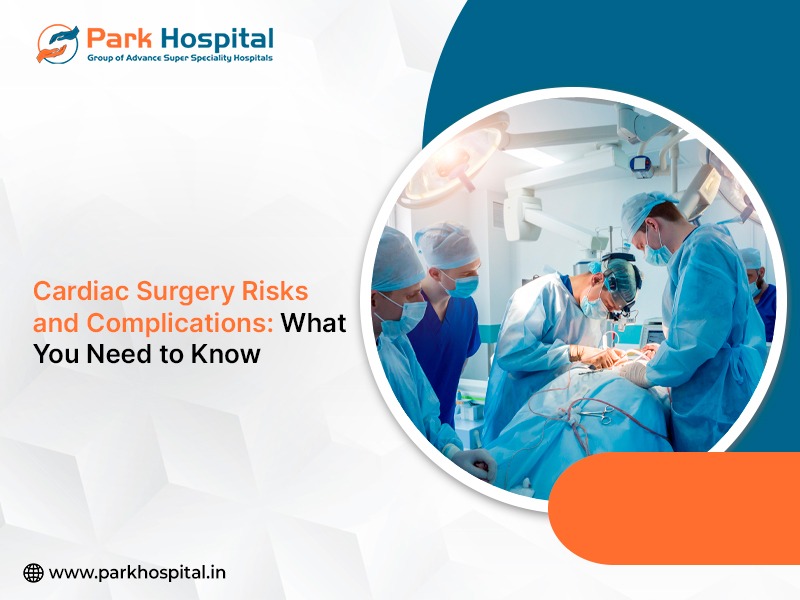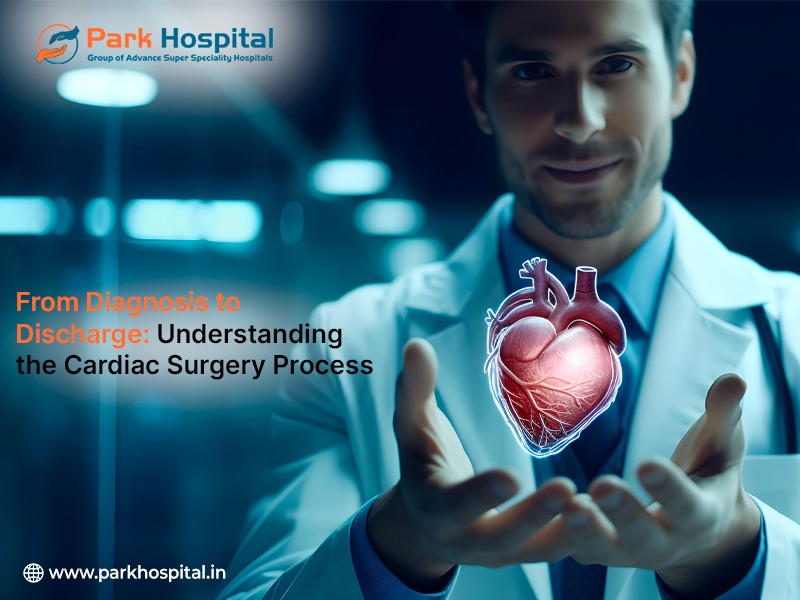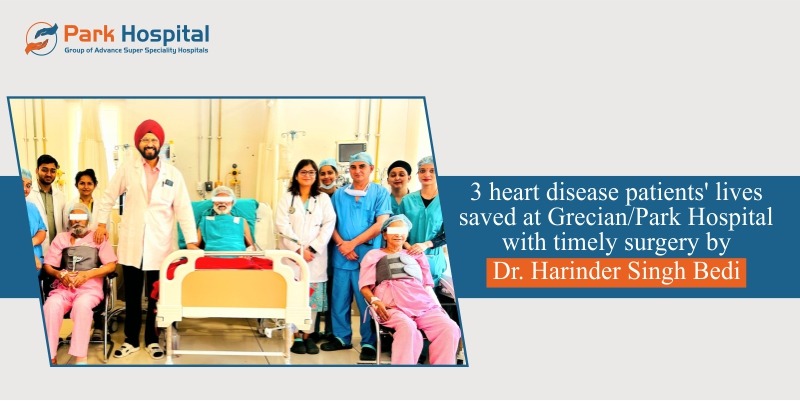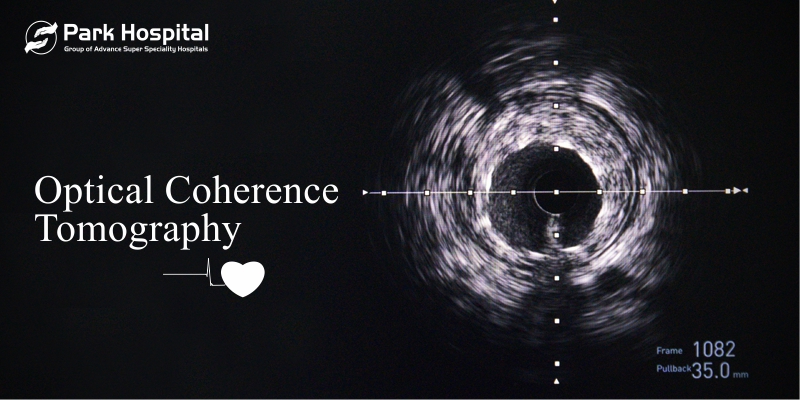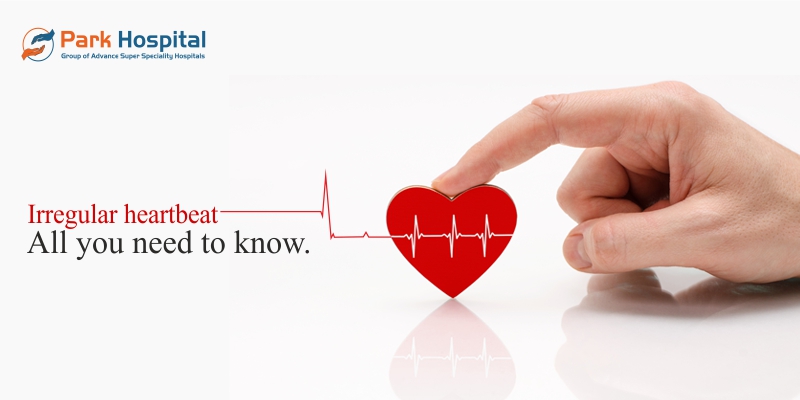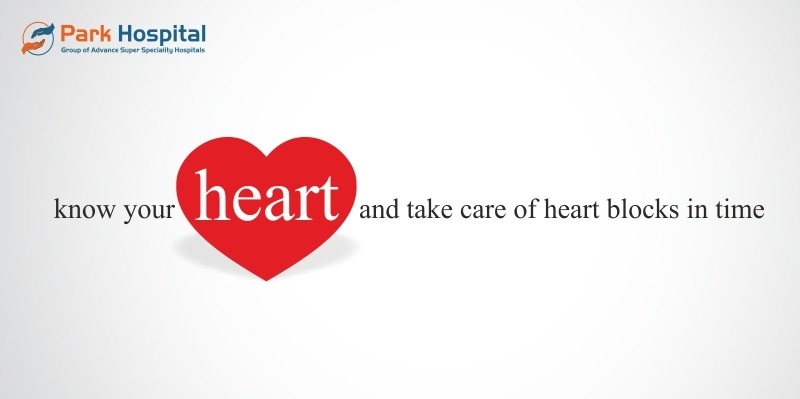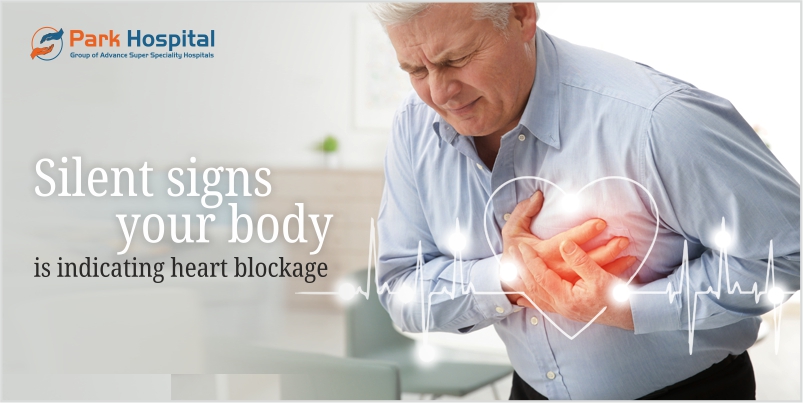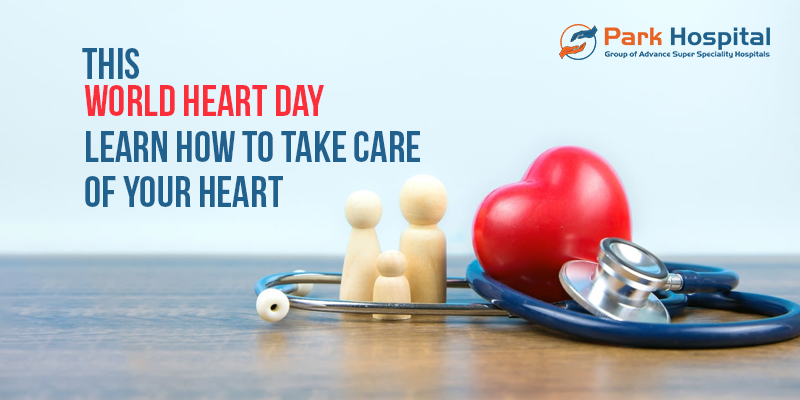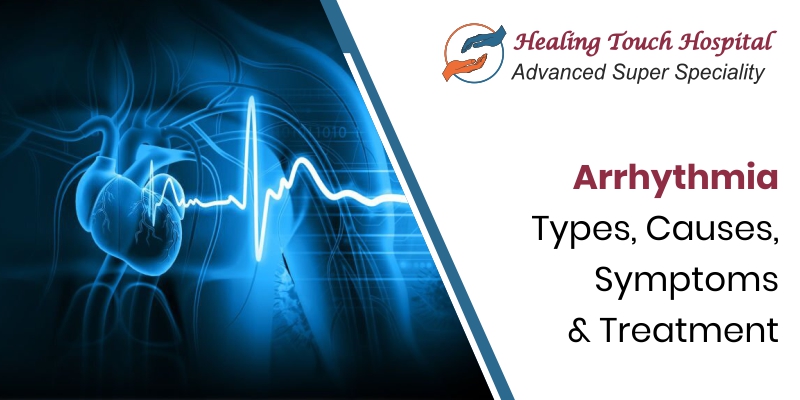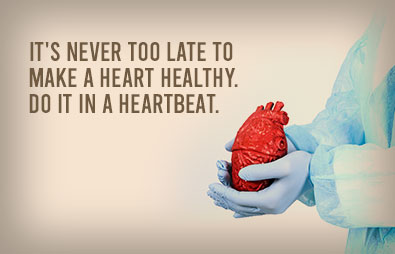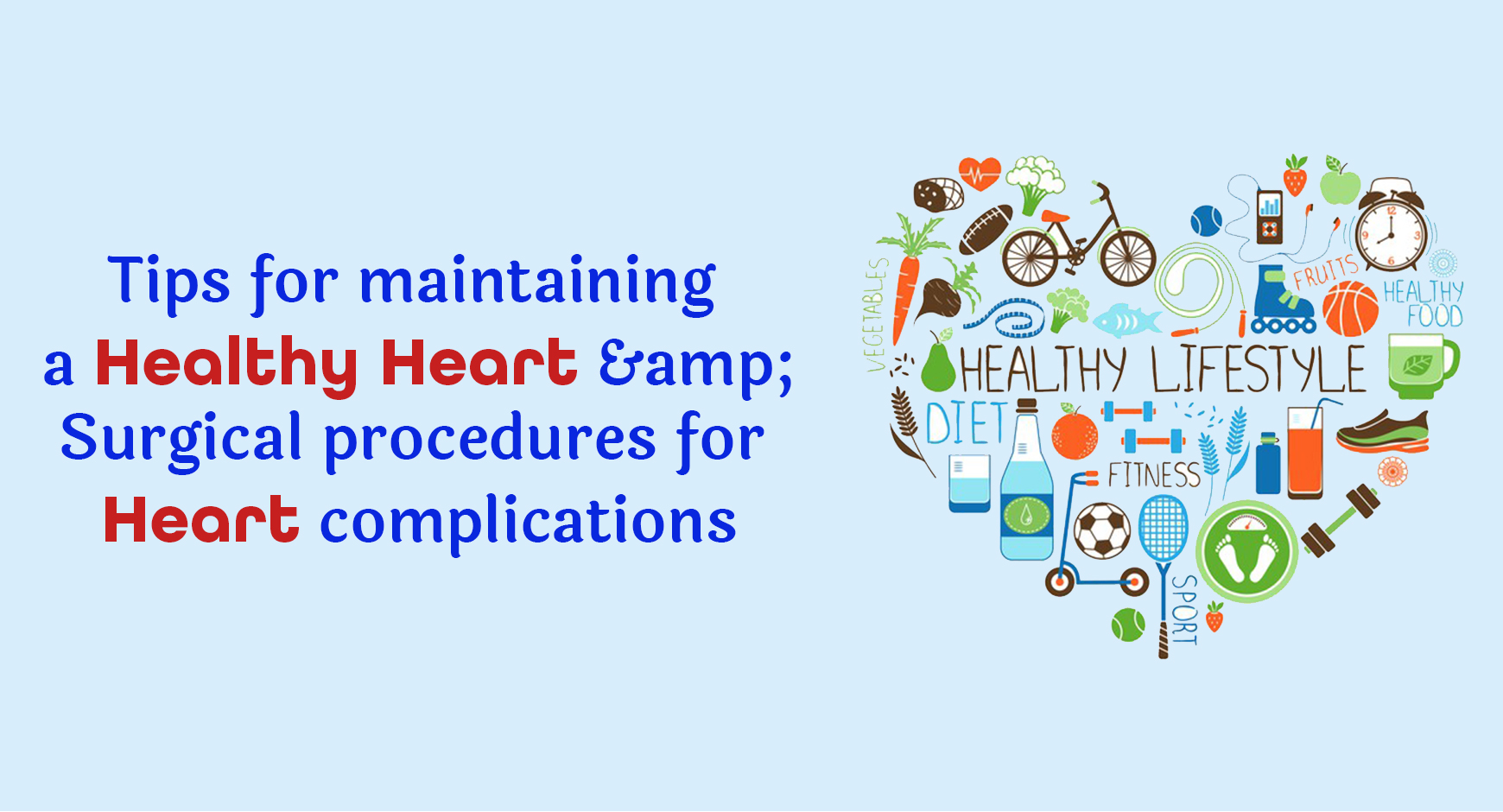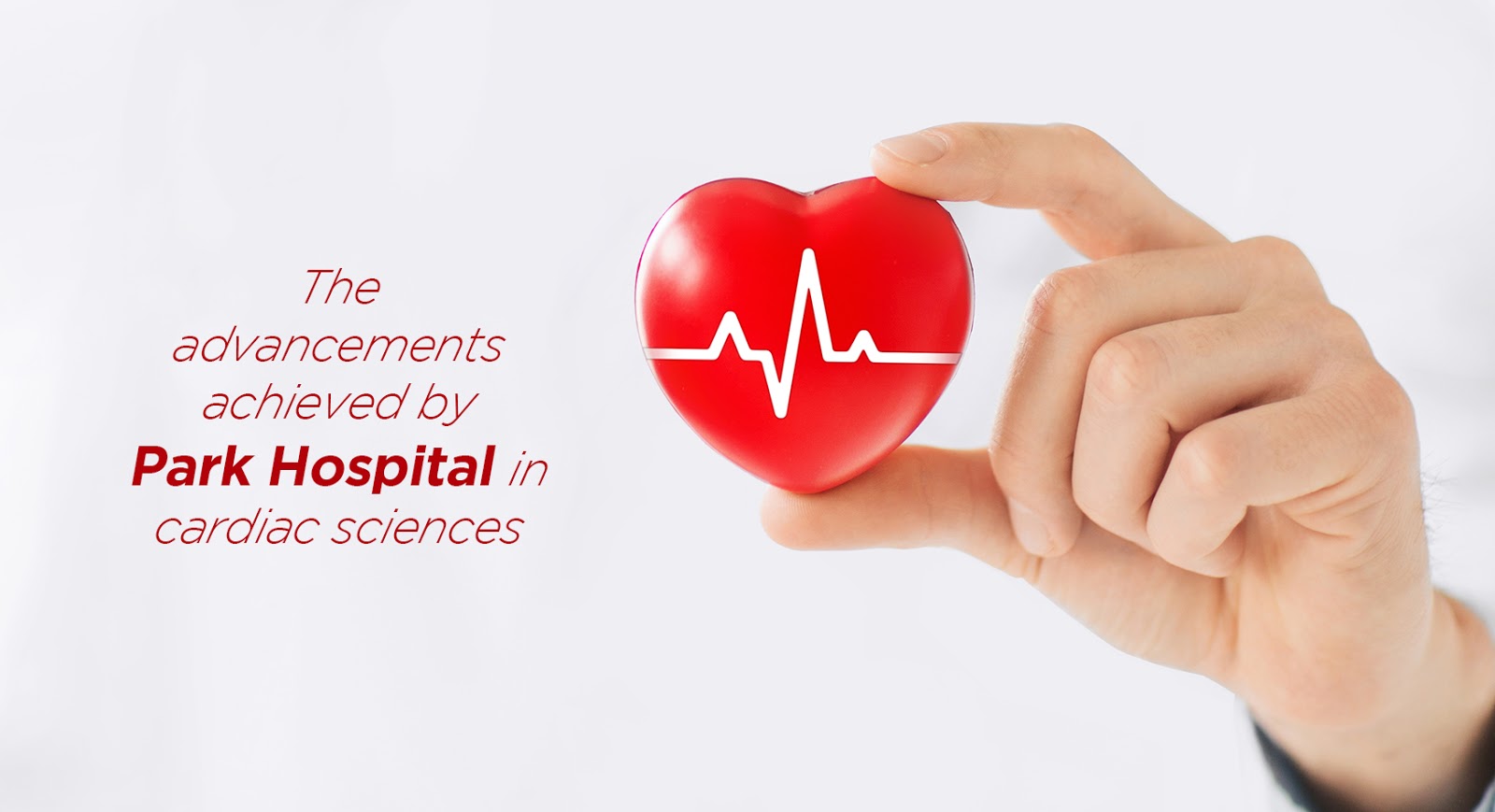Heart disease remains a leading cause of death in India, claiming countless lives due to delayed recognition and treatment. A heart attack, also known as a myocardial infarction, happens when blood supply to the heart is interrupted, usually due to a clot or plaque buildup in the coronary arteries. Recognizing heart attack symptoms early can be the difference between life and death. With cardiovascular diseases accounting for nearly 28% of deaths in India, understanding heart attack signs, heart attack warnings, and cardiac arrest symptoms is critical for every Indian. This blog will guide you through identifying these symptoms, understanding their implications, and exploring heart attack treatment options to empower you to act swiftly.
Why Early Recognition of Heart Attack Symptoms Matters in India
In India, heart attacks are increasingly common, even among younger adults, due to lifestyle factors like stress, poor diet, smoking, and rising rates of diabetes and hypertension. According to research, cardiovascular diseases caused 14.1% of disability-adjusted life years (DALYs) in 2016, a sharp rise from 1990. The high prevalence of risk factors such as hypertension (41.7%), diabetes (43.7%), and smoking (29.5%) underscores the urgency of awareness. Delays in seeking medical help, often due to lack of awareness or mistaking symptoms for minor issues like acidity, contribute to higher mortality rates. By learning to recognize heart attack symptoms early, you can seek timely heart attack treatment and improve survival chances.
Common Heart Attack Symptoms to Watch For
Heart attack symptoms can vary from person to person, and in India, where cultural and lifestyle factors influence health, it’s vital to know the signs. Here are the most common heart attack signs to look out for:
1. Chest Pain or Discomfort
The hallmark of a heart attack is chest pain or discomfort, often described as:
A feeling of pressure, tightness, squeezing, or heaviness in the center or left side of the chest.
Pain that lasts more than a few minutes or comes and goes.
In India, many mistake this for acidity or gas, especially after heavy meals. If you experience persistent chest discomfort, don’t dismiss it—seek medical help immediately.
2. Pain Radiating to Other Areas
Heart attack symptoms often extend beyond the chest. Pain or discomfort may radiate to:
One or both arms (commonly the left arm).
Neck, jaw, or back.
Shoulders or upper stomach.
This radiating pain is a critical heart attack warning sign. For example, jaw pain is sometimes confused with dental issues, while arm pain may be dismissed as muscle strain.
3. Shortness of Breath
Feeling breathless, even without exertion, is a common heart attack sign. This may occur with or without chest pain and is often accompanied by a sense of unease. In India’s urban areas, where air pollution is a concern, shortness of breath may be mistaken for respiratory issues. If it’s sudden or paired with other symptoms, treat it as a heart attack warning.
4. Cold Sweats and Nausea
Breaking out in cold sweats, especially when paired with nausea, vomiting, or indigestion, is a red flag. These symptoms are more common in women and may be mistaken for food poisoning or stress in India’s fast-paced lifestyle. If you feel clammy and unwell without an obvious cause, consider it a potential heart attack symptom.
5. Lightheadedness or Dizziness
Feeling faint, dizzy, or lightheaded can indicate a heart attack, particularly when combined with other symptoms. This is especially relevant for India’s working population, where stress and dehydration are common. Don’t ignore sudden dizziness—it could be a heart attack warning.
6. Unusual Fatigue
Extreme tiredness or exhaustion, even without physical activity, is a subtle but serious heart attack sign, particularly in women. In India, where long work hours and family responsibilities are the norm, fatigue is often overlooked. If you feel unusually drained alongside other symptoms, seek medical attention.
Heart Attack Symptoms in Women vs. Men
While heart attack symptoms are similar across genders, women in India may experience atypical signs, making early recognition challenging. Women are more likely to have:
Milder chest discomfort or none at all.
Symptoms like nausea, fatigue, or back pain.
Shortness of breath without chest pain.
Men, on the other hand, typically report classic symptoms like severe chest pain and arm discomfort. In India, cultural tendencies to prioritize family over personal health mean women often delay seeking help. Raising awareness about these differences is crucial for saving lives.
Cardiac Arrest Symptoms: How They Differ from Heart Attack
A heart attack and cardiac arrest are distinct but related conditions. A heart attack is a circulation problem caused by blocked blood flow, while cardiac arrest is an electrical issue where the heart stops beating suddenly. Cardiac arrest symptoms include:
Sudden collapse or loss of consciousness.
No pulse or breathing.
Seizure-like activity in some cases.
In India, cardiac arrest often follows a heart attack if untreated. Immediate action, such as calling emergency services (112) and starting CPR, is critical. Public awareness of CPR is low in India, so learning basic life-saving techniques can make a difference.
Risk Factors for Heart Attacks in India
Understanding heart attack symptoms is only part of the equation. India’s unique risk profile increases the likelihood of heart attacks. Key risk factors include:
Hypertension and Diabetes: Over 40% of heart attack patients in India have these conditions.
Smoking and Tobacco Use: Common in both urban and rural areas, smoking significantly raises risk.
Unhealthy Diet: High-fat, high-sugar diets, common in urban India, contribute to plaque buildup.
Stress: India’s fast-paced urban lifestyle and economic pressures increase stress-related heart issues.
Air Pollution: Rising pollution levels in cities like Delhi exacerbate cardiovascular risk.
Sedentary Lifestyle: Lack of exercise, prevalent among India’s working population, is a major factor.
Regular check-ups, especially for blood pressure, cholesterol, and blood sugar, are essential for early detection and prevention.
What to Do If You Suspect a Heart Attack
If you or someone around you shows heart attack symptoms, act fast:
Call Emergency Services: Dial 112 or your local emergency number immediately. In India, timely access to hospitals can be challenging, so don’t delay.
Stay Calm and Rest: Have the person sit or lie down in a comfortable position. Avoid walking or exertion.
Loosen Tight Clothing: Ensure normal body temperature and ease breathing.
Take Prescribed Medication: If the person has nitroglycerin prescribed for angina, administer it as directed.
Do Not Drive: Arrange for someone to drive to the hospital or wait for an ambulance. Driving during a heart attack is dangerous.
Even if symptoms subside, seek medical attention, as brief symptoms may indicate a blocked artery.
Heart Attack Treatment Options in India
Prompt heart attack treatment can minimize heart damage and improve outcomes. In India, treatment options include:
1. Medications
Aspirin: Reduces clotting to improve blood flow.
Clot-Busting Drugs: Dissolve clots to restore blood flow.
Blood Thinners: Prevent further clotting.
Nitroglycerin: Widens blood vessels to ease chest pain.
Statins and ACE Inhibitors: Manage cholesterol and blood pressure for long-term heart health.
2. Surgical Procedures
Angioplasty: A minimally invasive procedure to open blocked arteries, often with stent placement. This is widely available in India’s major cities.
Coronary Artery Bypass Grafting (CABG): Redirects blood flow around blocked arteries using grafts. This is recommended for severe cases.
Cardiac Catheterization: Used to identify blockages and guide treatment.
3. Cardiac Rehabilitation
Post-heart attack, cardiac rehabilitation is crucial. These programs, available at leading Indian hospitals, include:
Supervised exercise to rebuild heart strength.
Nutritional counseling for a heart-healthy diet.
Stress management and lifestyle education.
4. Diagnostic Tests
To confirm a heart attack, doctors use:
Electrocardiogram (ECG): Detects heart rhythm abnormalities.
Blood Tests: Measure cardiac enzymes like troponin to confirm heart muscle damage.
Echocardiogram: Assesses heart function using ultrasound.
Cardiac MRI or CT: Provides detailed images of heart damage.
Preventing Heart Attacks: Lifestyle Changes for Indians
Preventing heart attacks requires addressing India’s unique risk factors. Here are practical steps:
Adopt a Heart-Healthy Diet: Focus on fruits, vegetables, whole grains, and lean proteins. Limit oily, fried foods and sweets common in Indian cuisine.
Exercise Regularly: Aim for 150 minutes of moderate activity weekly, such as brisk walking or yoga, which resonates with Indian traditions.
Quit Smoking and Tobacco: Avoid cigarettes and chewing tobacco, prevalent in both rural and urban India.
Manage Stress: Practice mindfulness, meditation, or pranayama to counter India’s high-stress lifestyle.
Control Health Conditions: Monitor and manage diabetes, hypertension, and cholesterol with regular check-ups.
Limit Alcohol: Excessive drinking, increasingly common in urban India, raises heart risk.
The Role of Awareness in India
In India, low awareness of heart attack symptoms contributes to delayed treatment. A study in Tehran showed that 72% of respondents had poor knowledge of heart attack symptoms, and similar trends are likely in India. Community initiatives, like the National Programme for Prevention and Control of Cancer, Diabetes, Cardiovascular Diseases and Stroke (NPCDCS), aim to bridge this gap. Educating families, especially in rural areas, about heart attack signs and cardiac arrest symptoms can save lives.
Conclusion: Act Fast, Save Lives
Recognizing heart attack symptoms early is a life-saving skill in India, where heart disease is a growing epidemic. By understanding heart attack signs like chest pain, shortness of breath, and nausea, and acting on heart attack warnings, you can ensure timely heart attack treatment. Whether it’s calling 112, seeking emergency care, or adopting a heart-healthy lifestyle, every step counts. Share this knowledge with your family and community to build a heart-healthy India. If you suspect a heart attack, don’t wait—act now.
Also read:
Heart Disease in India: Causes, Warning Signs & How to Stay Safe in 2025
Heart Disease in Women: Recognizing Symptoms and Seeking Care
FAQs
Q1. What are the early signs of a heart attack in India?
Early signs include chest pain, discomfort in the arm or jaw, shortness of breath, nausea, dizziness, cold sweats, and unusual fatigue—often mistaken for acidity or stress.
Q2. How is a heart attack different from cardiac arrest?
A heart attack is a blockage issue, while cardiac arrest is when the heart stops suddenly. Cardiac arrest requires immediate CPR and emergency services.
Q3. What are the common risk factors for heart attacks in Indians?
High blood pressure, diabetes, smoking, poor diet, stress, sedentary lifestyle, and air pollution are major risk factors among Indians.
Q4. What should I do if I suspect someone is having a heart attack?
Call 112 immediately, keep the person calm, help them rest, loosen tight clothing, and avoid self-driving to the hospital. Early action saves lives.
Q5. Are heart attack symptoms different for men and women?
Yes, women may experience atypical symptoms like nausea, fatigue, back pain, or breathlessness without chest pain, making diagnosis more difficult.

